Silk has been called the “queen of fabrics” for centuries. Its smooth texture, natural shine, and luxurious reputation have made it a symbol of elegance across cultures. When people think of silk, they often imagine something pure and natural — a fabric spun straight from nature into timeless garments.
The reality is more complicated. Real silk is made by boiling silkworms alive inside their cocoons to preserve long fibers. This raises clear ethical questions, but it doesn’t end there. Silk farming requires mulberry monocultures, water, and chemical dyes that impact soil and rivers.
On the other side is fake silk — marketed as a vegan alternative but often made from petroleum-based synthetics like polyester or chemically processed fibers like viscose. These are presented as cruelty-free, but they come with their own set of environmental consequences, from microplastics to toxic wastewater.
Consumers are left in a tangled web of choices. Is real silk better because it’s natural and biodegradable? Or is fake silk better because it avoids harming animals? The answer lies in understanding the true costs of both.
What Is Real Silk?
Real silk comes from the cocoon of the silkworm, most often the domesticated species Bombyx mori. A single cocoon can be up to a mile long in continuous filament. To harvest that filament, the cocoons are boiled or steamed with the worm still inside. This prevents the fibers from breaking, but it also means silkworms are killed by the thousands to create even one garment.
Silk farming relies on mulberry trees, which serve as the food source for silkworms. These plantations require water, fertilizer, and in many cases pesticides to maintain productivity. While silk is biodegradable, the production system is resource-intensive and rarely transparent about its full impacts.
The Problems with Real Silk
Animal Ethics
Traditional silk involves mass killing of silkworms. While many people see insects as less significant than mammals, it still raises ethical concerns. “Peace silk” or “Ahimsa silk” is made by allowing worms to emerge naturally before harvesting cocoons. But the fibers are shorter, the fabric is rougher, and production is limited. It is marketed as cruelty-free, but remains niche due to cost and texture differences.
Environmental Impacts
Silk farming sounds pastoral, but mulberry monocultures can contribute to soil depletion and biodiversity loss. Silk production also requires degumming, bleaching, and dyeing, all of which involve chemicals that can pollute water systems if untreated. Some studies estimate that the carbon footprint of silk is higher per kilogram than many synthetic fibers.
Labor and Cost
Silk has long been considered a luxury good. While this limits overproduction compared to fast-fashion synthetics, it also means silk can serve as a greenwashed “elitist fabric” — presented as sustainable simply because it is rare and expensive. The reality is that high cost does not guarantee sustainability or ethics.
What Is Fake Silk?
“Fake silk” is not a single material but a wide range of alternatives designed to mimic silk’s softness and shine. The two most common categories are:
Petroleum-Based Faux Silk
Polyester satin and nylon satin are marketed as “silk-like.” They are smooth, shiny, and inexpensive, but made from fossil fuels. They shed microplastics in the wash, do not biodegrade, and lock fashion into the petroleum cycle. Many so-called “vegan silk” garments are just polyester satin under a new label.
Wood Pulp–Based Faux Silk
Viscose and rayon were originally marketed as “artificial silk.” They are made from cellulose dissolved with chemicals such as carbon disulfide and sulfuric acid, then regenerated into fibers. While plant-based in origin, the process creates pollution that affects workers and communities near factories. Modal and lyocell are newer versions, with lyocell offering a safer closed-loop process in some cases.
The Greenwashed Middle Ground
Fashion marketers love to spin both real and fake silk as eco-friendly. Real silk is called “natural” and “biodegradable,” while rayon or viscose are sold as “plant-based” and “sustainable.” Even polyester satin is dressed up as “vegan silk.”
Each of these claims has a kernel of truth but misses the bigger picture. Biodegradability doesn’t erase animal exploitation or chemical pollution. Plant-based doesn’t erase toxic solvent use or deforestation. Vegan doesn’t erase fossil fuels or microplastics.
Consumers end up believing they are making sustainable choices when, in reality, they are simply shifting harms from one area to another.
Which Is More Sustainable?
The honest answer is that neither real silk nor most faux silk options can be considered fully sustainable. Each comes with trade-offs.
- Real silk: Natural, biodegradable, but requires killing silkworms, resource-heavy farming, and chemical processing.
- Polyester or nylon faux silk: Vegan and affordable, but petroleum-based, non-biodegradable, and a major source of microplastic pollution.
- Viscose/rayon faux silk: Plant-based origin but chemically processed with dangerous solvents, often polluting rivers and harming workers.
- Lyocell faux silk (e.g., Tencel Luxe): A safer alternative using closed-loop processing. Still resource-intensive but significantly less harmful when certified.
The most sustainable choice is not simply swapping one fiber for another, but questioning overproduction itself. Do we need so many “silk-like” fabrics in the first place?
What You Can Do
- Look beyond labels. If a garment says “vegan silk,” check what fiber it actually is. Polyester marketed as eco-conscious is still fossil fuel–based.
- Support transparency. Brands that clearly explain their sourcing and processing are more trustworthy than those using vague claims.
- Choose better fibers. If silk is important, opt for peace silk or certified lyocell. If alternatives work, hemp, organic cotton, and blends can mimic drape without greenwash.
- Buy less, choose timeless. The biggest sustainability choice is reducing overconsumption. A single silk scarf cared for over decades has less impact than cheap polyester satins discarded after a season.
FAQs
Is silk cruelty-free?
Traditional silk is not. Peace silk allows silkworms to emerge naturally, but is less common and more expensive.
Is silk biodegradable?
Yes, real silk is biodegradable. But the dyes, chemicals, and production inputs used in processing can reduce its environmental benefit.
Is faux silk sustainable?
Not automatically. Most polyester or rayon versions have significant environmental costs. Lyocell-based faux silks are better, but only when produced in closed-loop systems with certified sourcing.
Why is silk called a luxury fabric?
Silk is expensive to produce and has long been associated with wealth and exclusivity. This reputation contributes to its greenwashed image of being inherently better for the planet.
Final Thoughts
Silk embodies the contradictions of fashion. Real silk is natural but bound up in animal exploitation and chemical processing. Fake silk avoids insects but often traps us in fossil fuels or toxic chemical cycles. Neither is inherently sustainable — and both are marketed to make consumers feel better than the facts support.
The path forward isn’t choosing worms over oil or chemicals over cruelty. It’s questioning why fashion demands so much shiny fabric in the first place. True sustainability lies in transparency, innovation, and mindful consumption. Every time you pause before buying silk — real or fake — you begin to untangle the industry’s web of illusions.

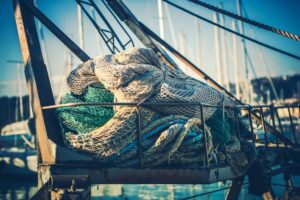

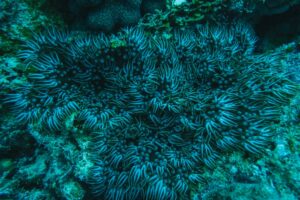

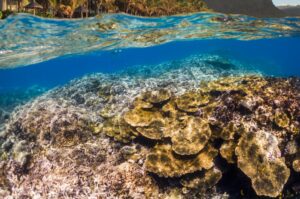
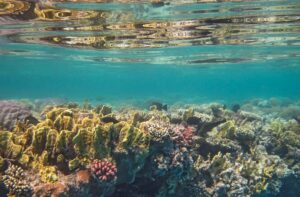
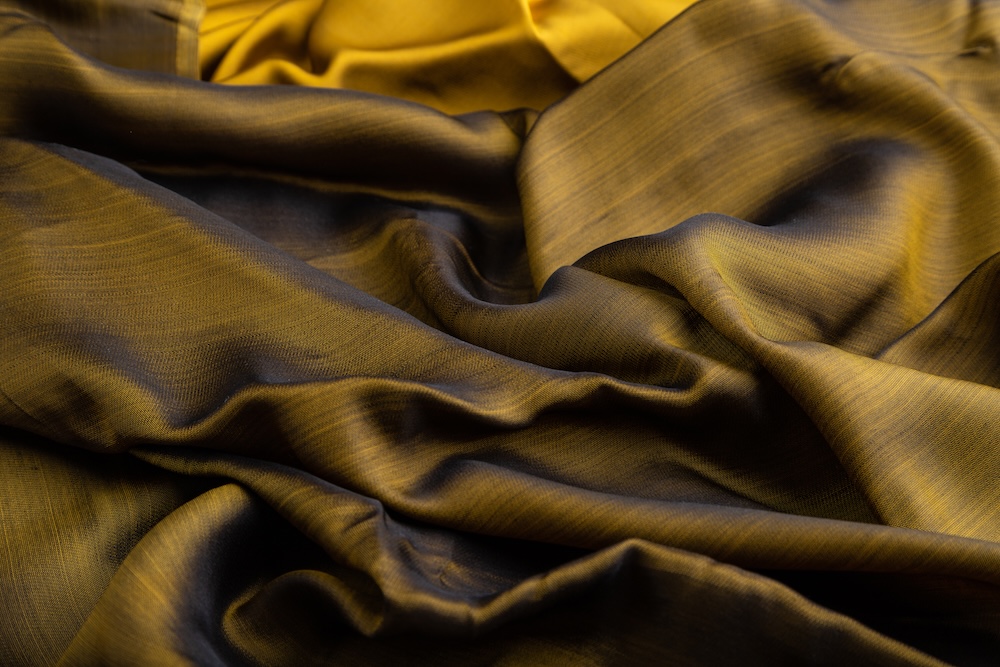

Reader Interactions